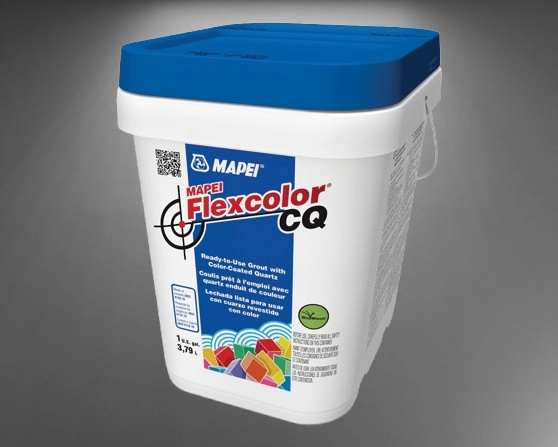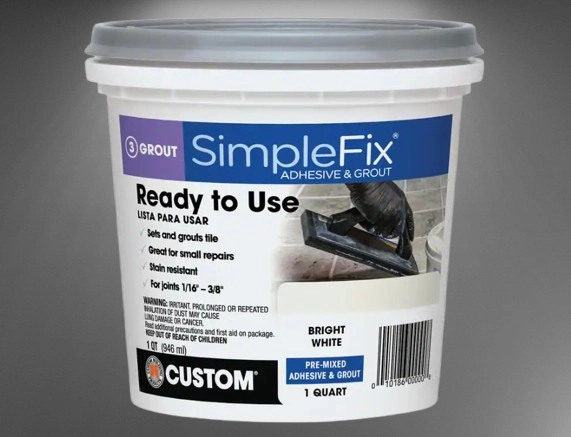MAPEI Flexcolor CQ vs. Ultracolor Plus FA

Grouts are not all created equal. Some are more attractive and long-lasting than others. Because of the aforementioned, you need to do a careful study before deciding on a grout for your tile installation project.
MAPEI Flexcolor CQ and Ultracolor Plus FA are two common grout varieties that we will be comparing today. MAPEI, a prominent company in the construction sector, produces both grouts. They do, however, have distinct formulations, and each choice is appropriate for a range of situations.
MAPEI Flexcolor CQ: What is it?
Flexcolor CQ is a ready-to-use, color-coated quartz grout. MAPEI is easier to install and less expensive than conventional cement grout.
Because Flexcolor CQ is composed of quartz aggregate, it provides the best color consistency of any grout. For both exterior and interior tiling projects, it is the best choice. It can be used on a variety of tiles, including porcelain, ceramic, and natural stone.
The MAPEI Flexcolor CQ is distinguished by a few characteristics. It has a high level of resistance to water-based stains, for example.
It doesn’t require a sealer and is quite simple to clean. Flexcolor CQ is available in a variety of finishes, including white, chocolate, and gray.
MAPEI claims that their Flexcolor CQ is mold-resistant. For this reason, they advise using it outside. Additionally, its formula is made to avoid breaking and shrinking.
The Flexcolor CQ is accessible to many people. The majority of businesses carry it, and you can get it online from sites like Amazon.
The Flexcolor CQ is made to fit joints that are between 1/16″ and 1/2″ in diameter. It won’t discolor the tile surface and dries in a day.
The Flexcolor CQ’s strong formula allows it to be applied to damp surfaces like bathtub surrounds, walls, and shower floors. Additionally, the majority of evaluations for the Flexcolor CQ are favorable. That suggests that using this grout on tiles is a good idea.
MAPEI Ultracolor Plus FA: What is it?
Additionally, MAPEI offers a polymer-modified grout called Ultracolor Plus FA. It is preferred by professional tilers as an alternative to sanded and unsanded grouts. Tile joints that range in size from 1/16″ to 3/4″ are covered by this grout.
Known for its ability to withstand efflorescence, Ultracolor Plus FA is a grout that sets quickly. Water and other stains are well repelled by it.
Additionally, it is an improvement over grouts made of cement. Selecting this kind of grout guarantees reduced surface absorption and improved stain resistance.
The fact that MAPEI Ultracolor and Flexcolor come in the same range of hues is one of their many similarities. You can select from a color sheet of appropriate selections on their website.
The fact that Ultracolor Plus FA is composed of recycled materials will please eco-conscious people.
It’s important to note that the Ultracolor Plus FA is a grout that sets quickly. You must work quickly. If you are not an expert, you might waste a lot of the stuff. Working in little chunks is a smart concept.
In What Ways Do They Differ?
- Joint Coverage for Tiles
You can use Flexcolor CQ on joints that are 1/16″ to 1/2″ in size.
Conversely, joints that are 1/16″ to 3/4″ in size can be treated with Ultracolor Plus FA.
This indicates that larger tile joints are better suited for Ultracolor Plus FA. This is uncommon, though, as most tile joints are between 1/8″ and 3/16″. However, it is worthwhile to note the distinction.
- The formula
Despite being produced by the same firm, these two grouts have somewhat distinct formulae.
Flexcolor CQ is a grout made of quartz aggregate.
Ultracolor Plus FA is a grout that has been enhanced with polymers.
As you shall see later, this formula variation affects things like color uniformity and shelf lives.
- Determining the Time
Flexcolor CQ is not a grout that sets quickly. It has a longer working day.
Ultracolor Plus FA is a grout that sets quickly.
You should take the setting time into account when searching for grout. Ultracolor and similar products have a rather quick setup time. As a result, you have a short window of time before the grout begins to dry.
Most do-it-yourself tilers find this difficult. Use a non-fast setting grout, like Flexcolor CQ, if you are unsure about your ability to install grout.
- Duration of Shelf Life
The shelf life of Flexcolor CQ is approximately a year.
As soon as the lid is opened, Ultracolor Plus FA starts to dry.
Suppose you decide to go with Flexcolor CQ. You can keep any leftovers in your garage and utilize them for such tiling projects in the future.
Unfortunately, Ultracolor Plus FA cannot be said to be in the same category. This grout dries rather quickly due to its rapid setting composition.
Consequently, you should only purchase the quantity you intend to utilize for that task while using this option. Any leftovers must be thrown away since they are no longer usable.
- Color Consistency
Flexcolor CQ has a more vibrant color constancy than its predecessor because it contains quartz coded with transparent acrylic.
This does not imply that Ultracolor Plus FA has a bad appearance. However, I would highly recommend MAPEI Flexcolor if you want a much more accurate color.
- Popularity
Ultracolor Plus FA is not as popular as Flexcolor CQ.
Professional tile installers and seasoned do-it-yourselfers will tell you that Flexcolor CQ is superior to Ultracolor Plus FA. Why? The distinctions listed above ought to provide you with a few clues.
What Similarities Do They Have?
- MAPEI is the maker of both.
The fact that these two grouts are produced by the same firm is one of their primary commonalities. MAPEI is a well-known producer in the building sector.
Despite possible variations in formula, all of its goods are renowned for their superior quality.
- There are forty different colors available for both.
Both grouts come in 40 different color options, as you can see when you compare their color sheets. The hues are identical. Therefore, while comparing these two grouts, this shouldn’t be the decisive element.
- They are both resistant to water and stains.
Both the Ultracolor Plus FA and the Flexcolor CQ are designed to be water-and stain-resistant. These two MAPEI-made grouts are long-lasting aside from their slow wear.
- Neither need sealers.
Sealants must be known to you if you are used to most grouts. Sealants are used to stop moisture from getting into the grout and causing structural deterioration. The good news is that sealants are not required for Flexcolor CQ and Ultracolor Plus FA.
- Both Are Usable in Wet Conditions
Ultracolor Plus FA and Flexcolor CQ can be used on floors, walls, and bathtubs. Both grouts are intended for usage in high-moisture and damp environments.
Advantages of Flexcolor CQ by MAPEI
- A sealer is not necessary.
- Improved uniformity of hue
- It is suitable for both indoor and outdoor use.
- Resistant against stains and water
- Its shelf life is longer.
MAPEI Flexcolor’s drawbacks
- Unfit for larger tile joints
MAPEI Ultracolor Plus FA’s advantages
- It can be applied to 3/4-inch joints.
- It resists shrinking quite well.
- It can withstand stains.
- It comes in a variety of hues.
MAPEI Ultracolor Plus FA drawbacks
- The grout sets quickly.
Which is superior? Ultracolor Plus FA vs. MAPEI Flexcolor CQ
After weighing the features, distinctions, benefits, and drawbacks, MAPEI Flexcolor CQ is clearly superior to Ultracolor Plus FA. Its shelf life, working time, and color uniformity are all improved.
Compared to Ultracolor Plus FA, it is even a more popular option. The only situation in which Ultracolor Plus FA appears to be more appropriate is when grouting tile joints up to 3/4″ wide.

